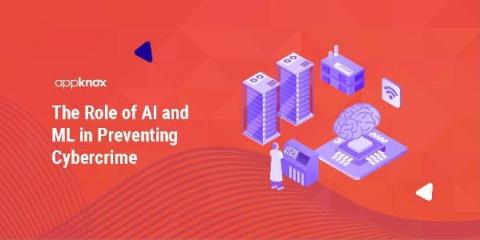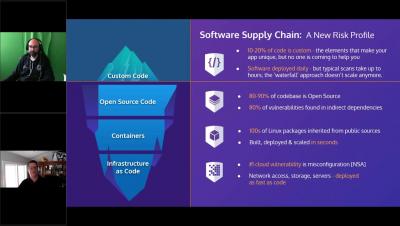Key Differences Between a Public and a Private Cloud
Cloud security. Cloud architecture. Cloud storage. As you start scaling your business, you know “the cloud” is an important element of your IT capabilities. But, it can be a little confusing to understand the ins and outs of “the cloud” — especially when it comes to using cloud-based tools for your company to work remotely. Before we get into private vs public clouds, let’s quickly establish what we mean by cloud computing.










